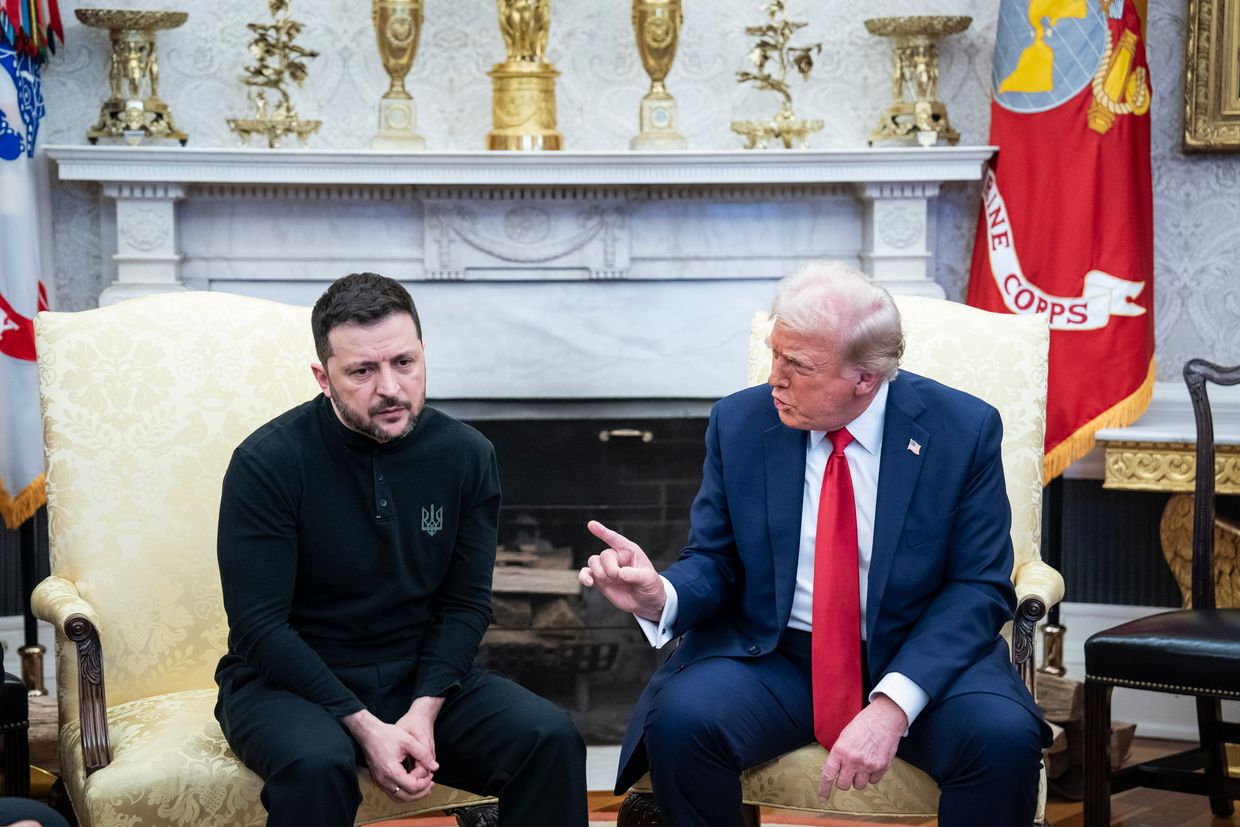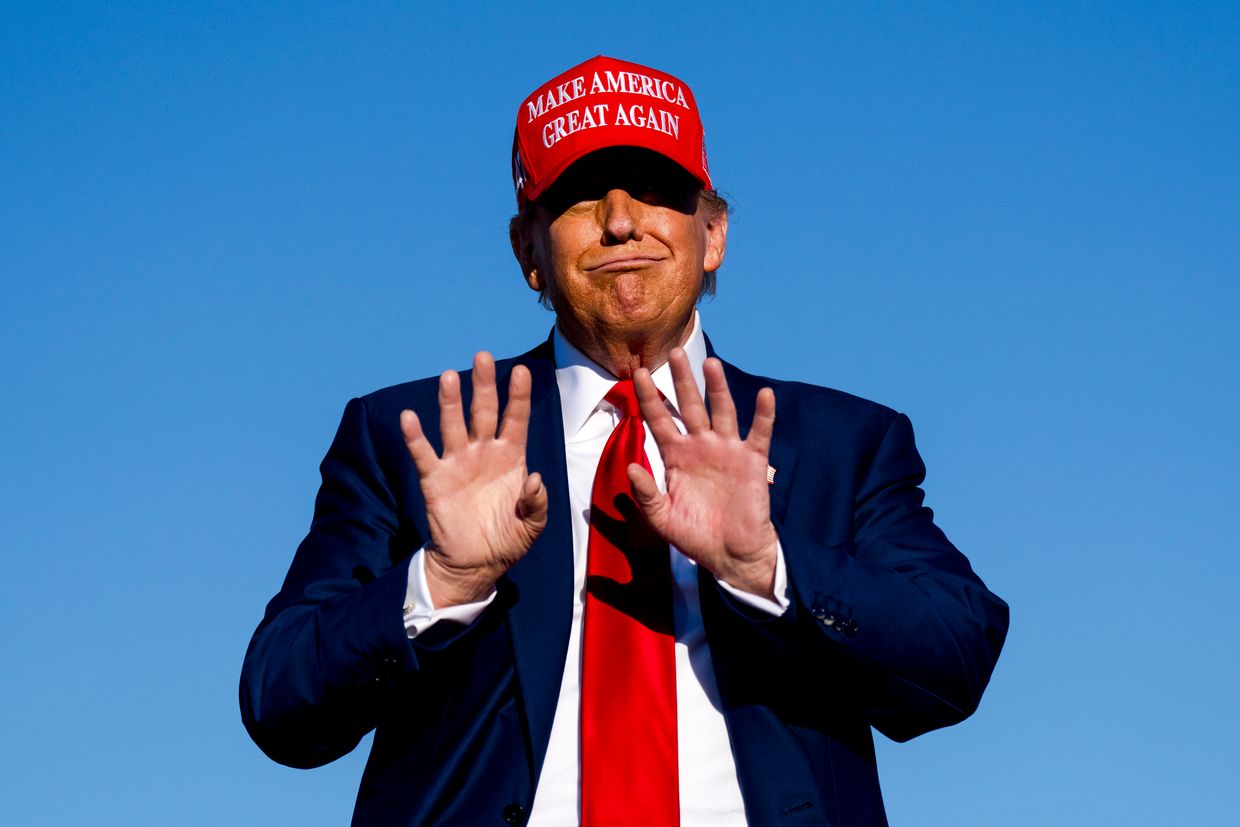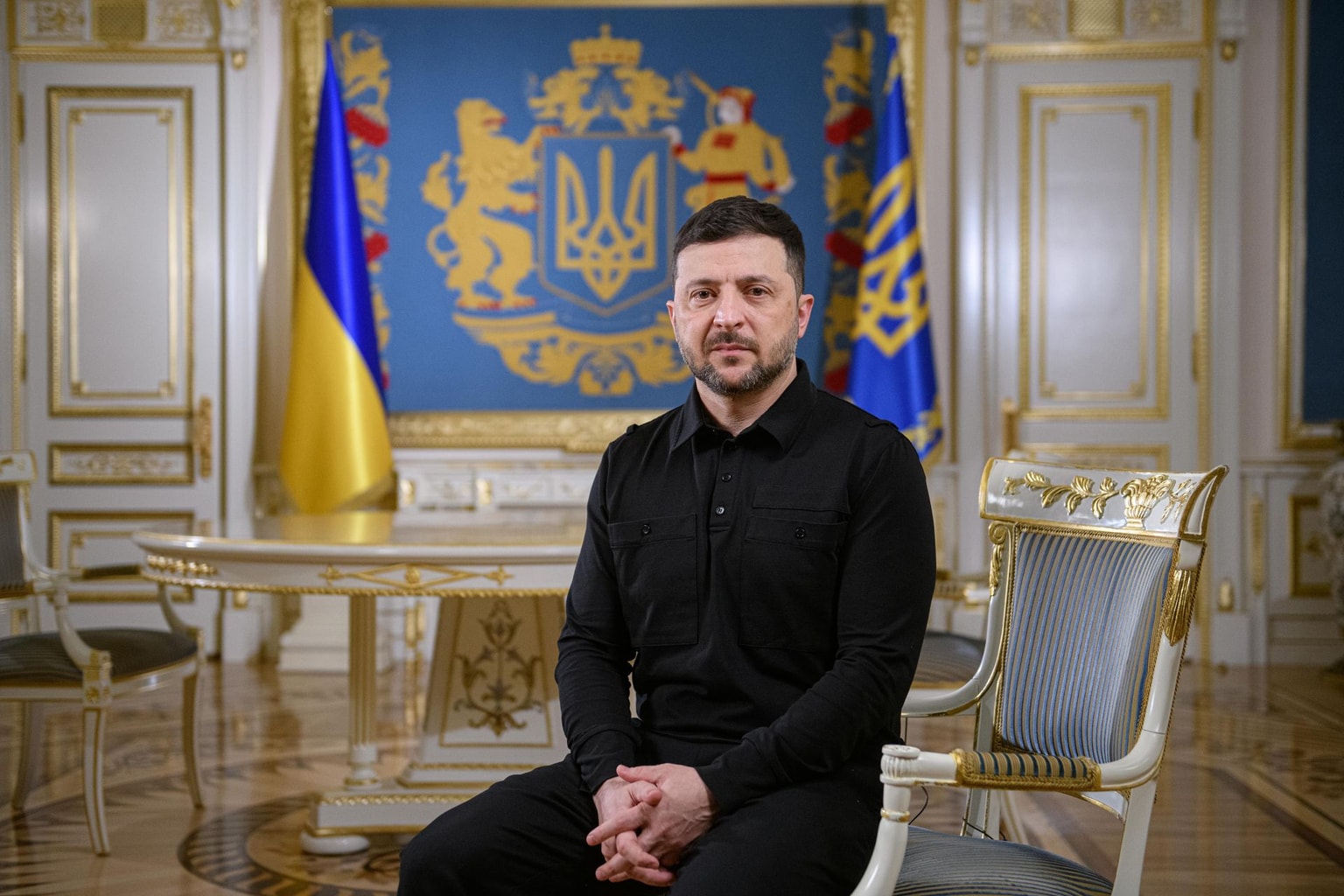UK may abandon plans to deploy large troop force to Ukraine, the Times reports

The U.K. is expected to scale back earlier proposals to deploy thousands of ground troops to Ukraine, as officials warn the risks are now considered "too high" for such a mission.
The original plan, which included protecting Ukrainian cities, ports, and nuclear power plants, is being reconsidered in favor of a more limited and strategic presence. A source involved in the discussions told the Times, "The risks are too high and the forces inadequate for such a task. This was always the U.K.’s thought. It was France who wanted a more muscular approach."
On March 15, U.K. Prime Minister Keir Starmer presented plans to send 10,000 peacekeeping troops to Ukraine at a high-level virtual summit in London. The peacekeeping mission would be "a significant force with a significant number of countries providing troops and a much larger group contributing in other ways," a senior government source told the Sunday Times.
Instead of placing troops near the front lines, the U.K. and France now aim to send military trainers to western Ukraine, fulfilling a commitment to deploy personnel without engaging in direct defense roles.
"The trainers ‘reassure’ by being there but aren’t a deterrence or protection force," the source added, expressing concern that any breakdown in a ceasefire could escalate into a broader conflict. The revised approach would shift focus toward rebuilding and equipping Ukraine’s military, with continued weapons deliveries and air and sea protection measures forming the backbone of future support.
Operation Interflex, the U.K.’s domestic training mission for Ukrainian troops, is expected to wind down by the end of the year, with operations relocating to a base near Lviv. However, Ukrainian officials remain cautious, recalling how Western trainers withdrew just before Russia’s full-scale invasion in 2022.
"Our problem now is to try and find a landing zone where Ukraine doesn’t have to break all its red lines," said a diplomatic source.
European and British officials are also working behind the scenes to advance peace talks, hoping to arrange a meeting between President Donald Trump and President Volodymyr Zelensky in Rome following the Pope’s funeral. “We will move our position but we want Moscow to break their red lines,” one diplomatic source explained.
The push comes amid growing fears that U.S. support could waver if Ukraine refuses to make concessions, particularly as Trump maintains a tougher stance on Zelensky than on Putin, according to British officials.
Ukraine remains under pressure to respond to a broader U.S. peace plan first presented in Paris on April 17. According to the Wall Street Journal, that plan includes U.S. recognition of Russia's 2014 annexation of Crimea and a ban on Ukraine joining NATO — two long-standing Kremlin demands.
Despite the revised strategy, the U.K. insists it remains committed to Ukraine’s defense, according to the Times. A spokesperson for the Ministry of Defense responded to reports of the plan change by saying, "This is speculation. Advanced operational planning within the coalition of the willing remains ongoing for options across land, sea and air, and to regenerate the Ukrainian armed forces. In the meantime, we’re continuing to support efforts for peace, while stepping up the military support for Ukraine as Putin’s illegal invasion continues."












